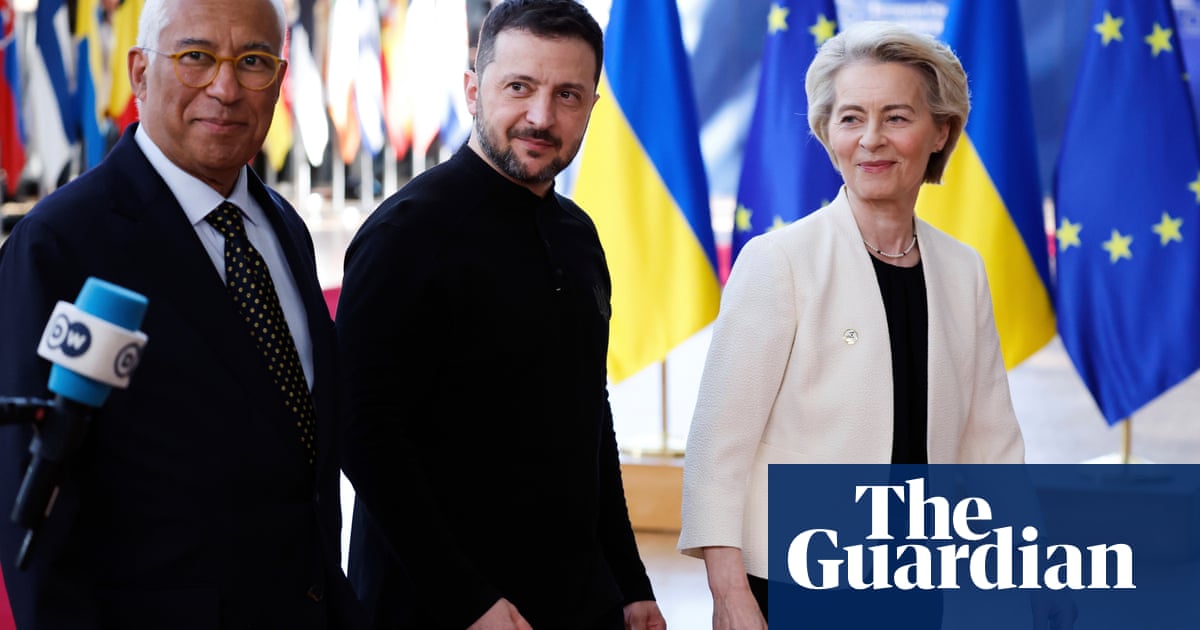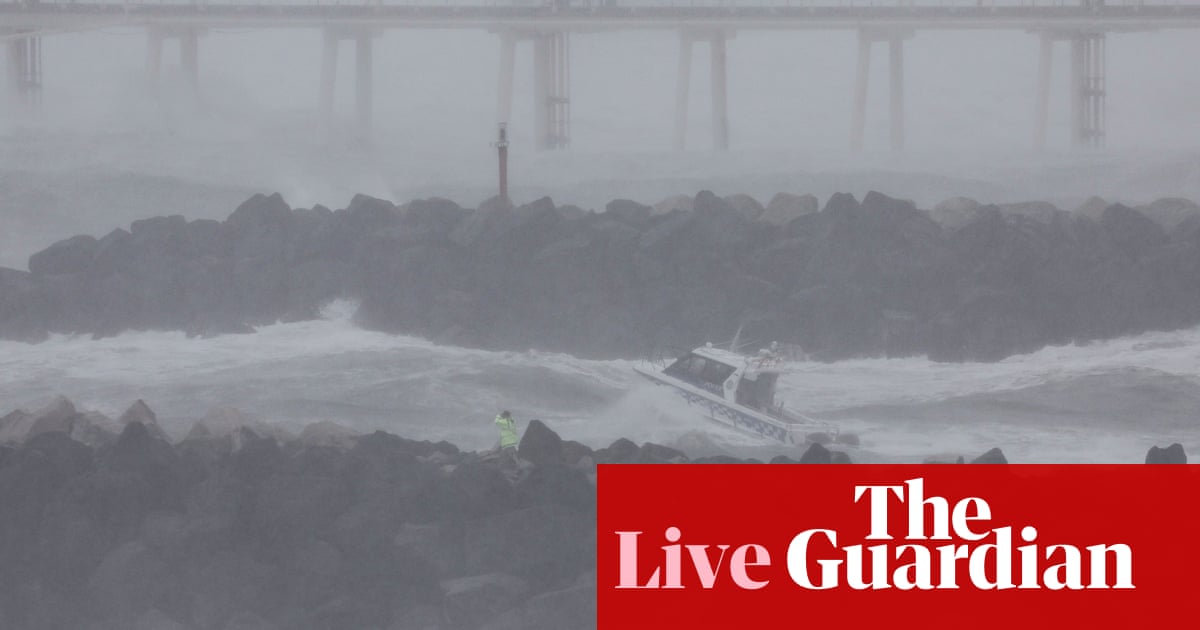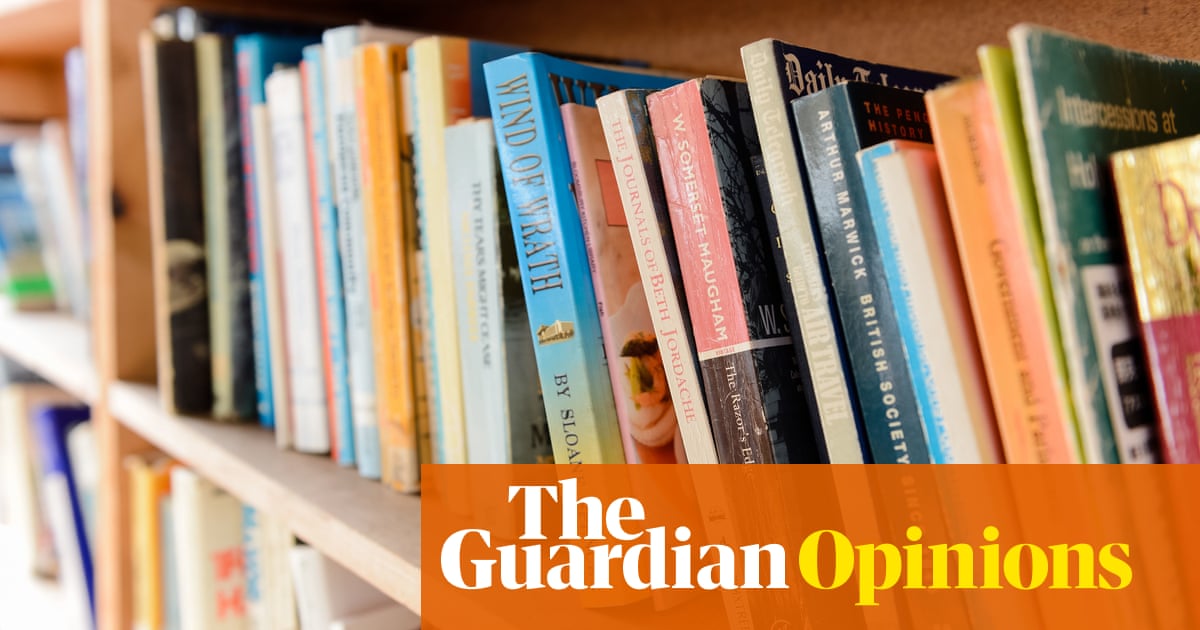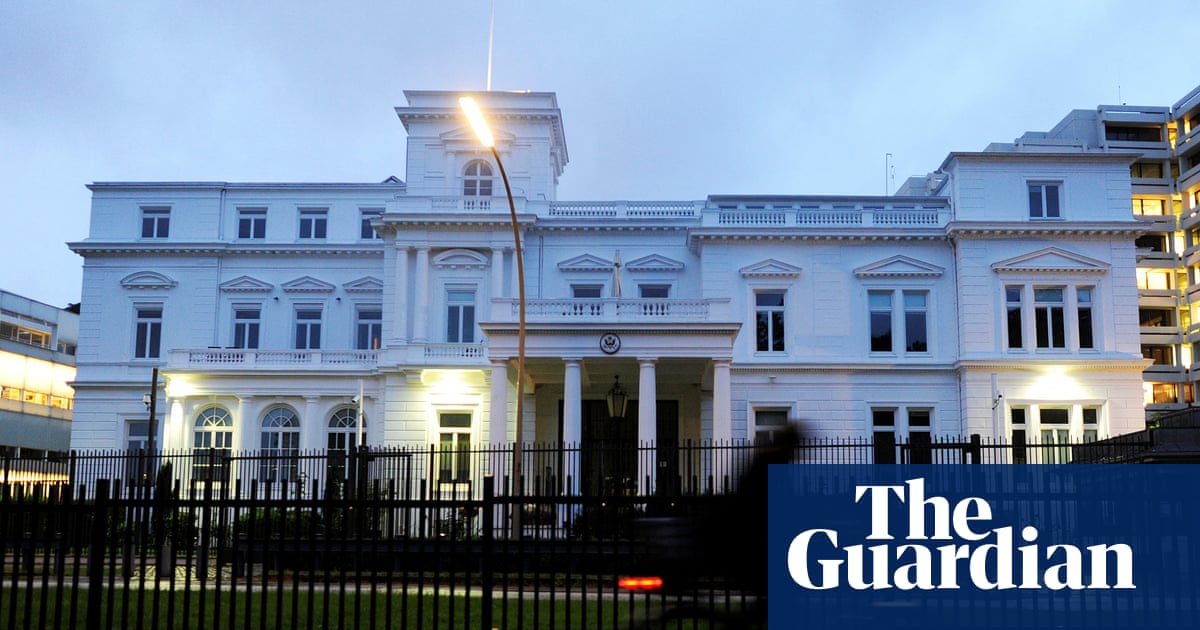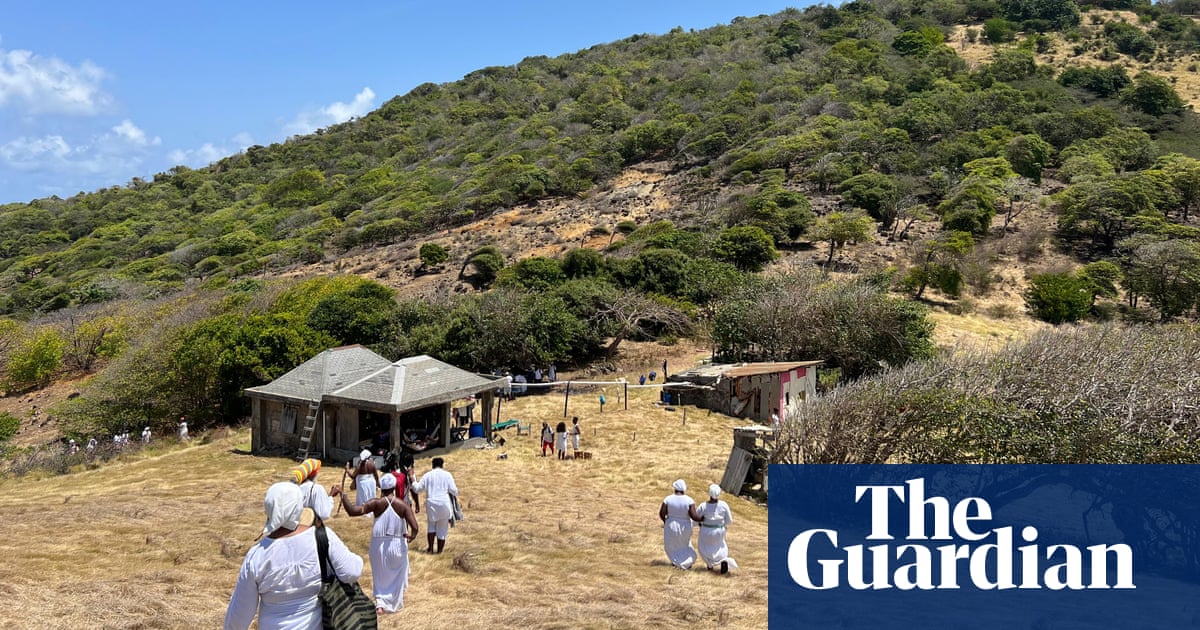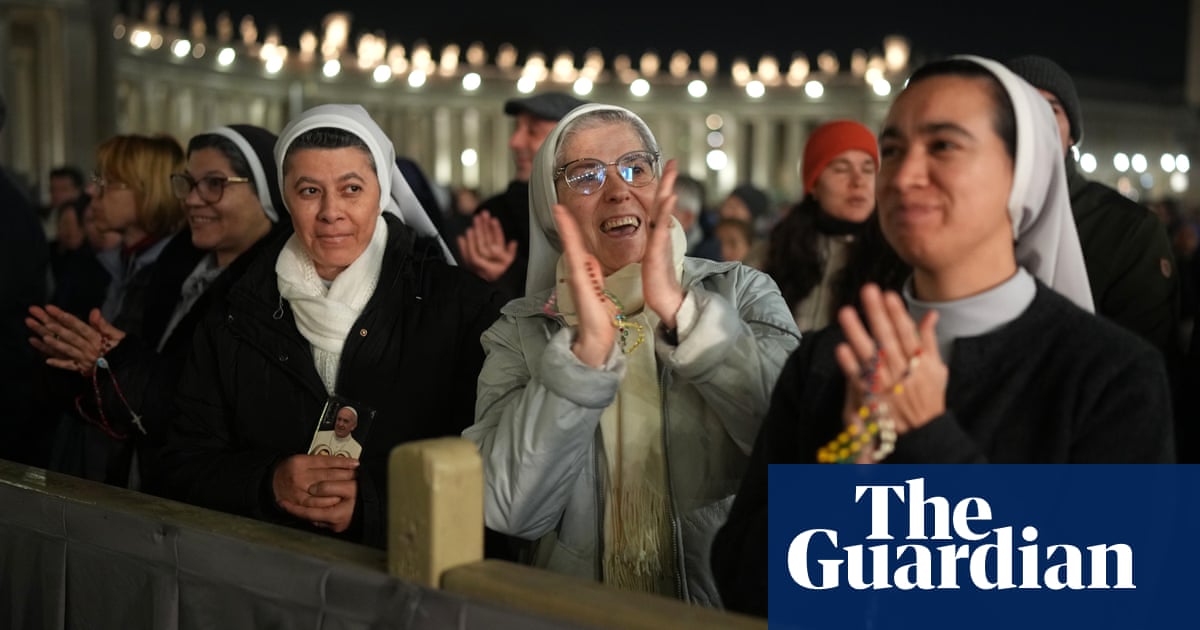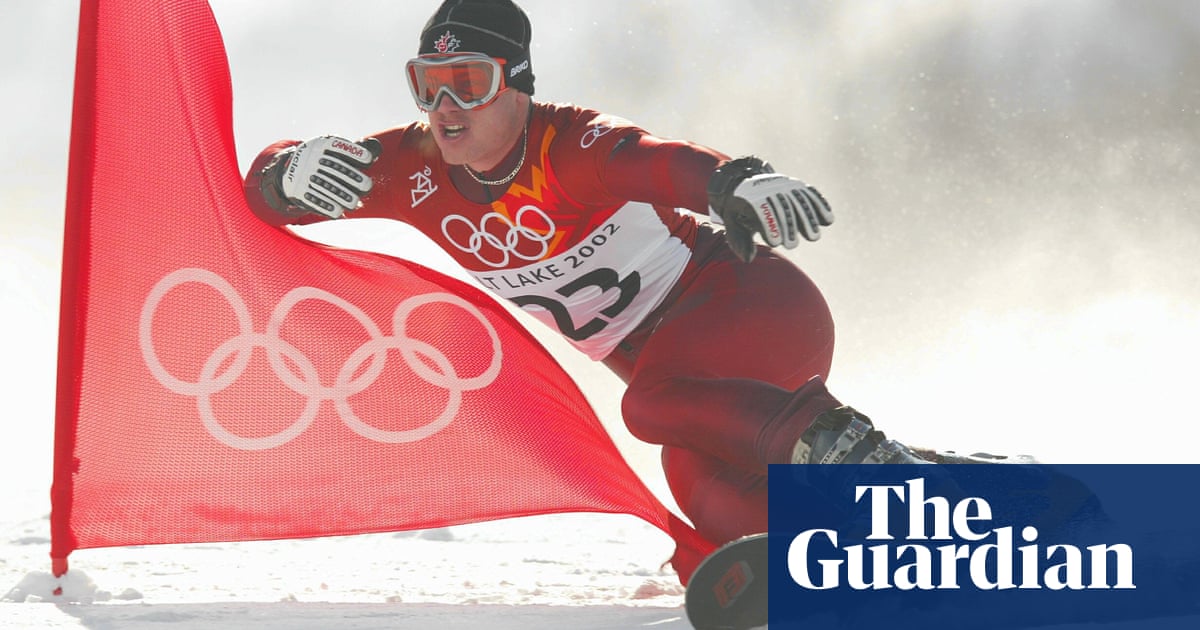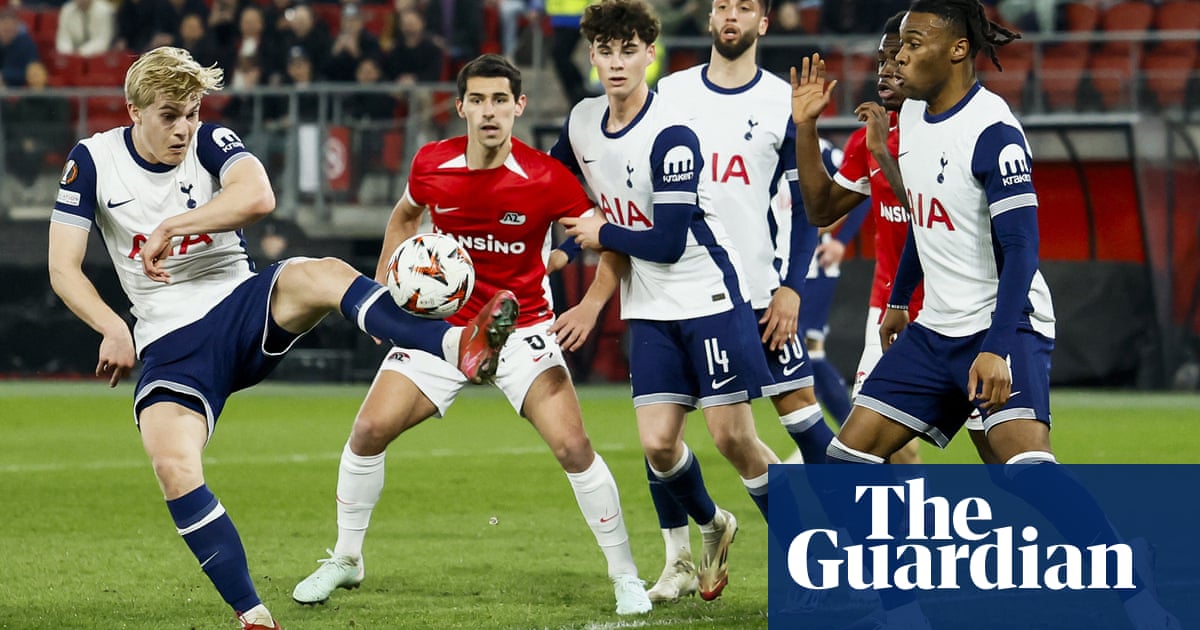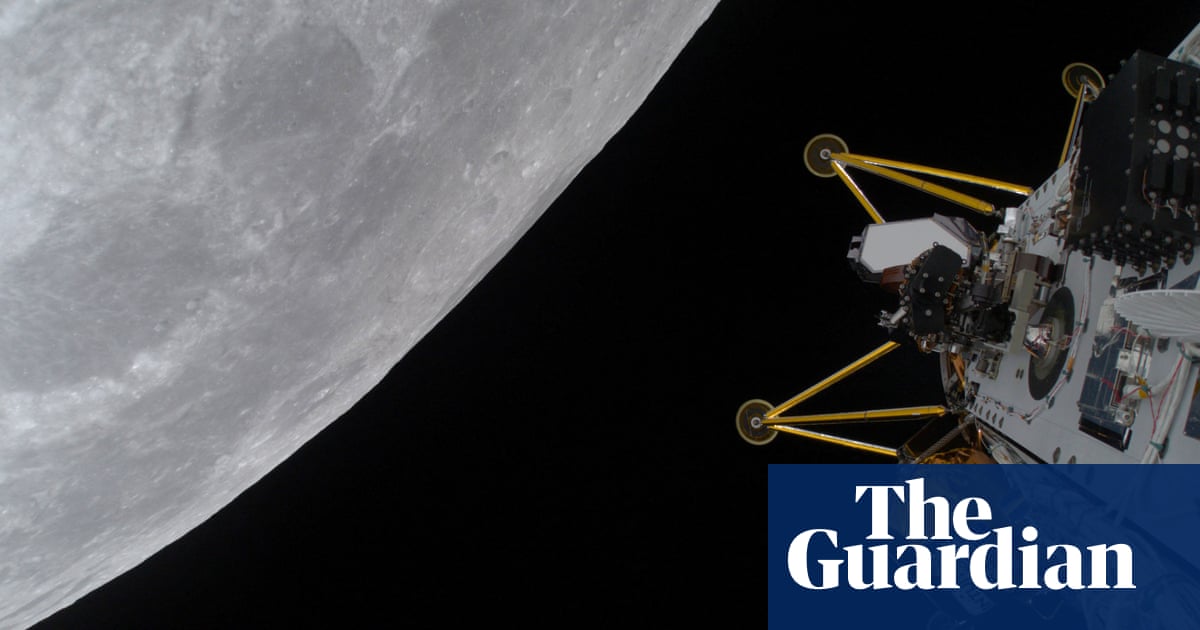Greek myth is not a stable thing. There is no such thing as a canonical, “original” version of a Greek myth. The stories that remain to us – the material of classical plays and poetry, and of visual culture from pottery to pediments – are already elaborations and accretions. In the ancient Greek and Roman world, stories were adapted and remade to serve the needs of the moment. The Greek tragedians often took the germ of an idea from the Homeric epics, and built an entire plot from it. Aeschylus’s Agamemnon, for instance, is in dialogue with Homer’s Odyssey: both are stories of a warrior’s return from war, but with entirely different outcomes. Euripides’s subversive play Helen proposes that the entire Trojan war was fought not in the cause of a real woman, but of an illusory, fake version sent by the gods, while the “real” Helen of Troy sat out the siege in Egypt.
Seen in this light, as novelist Pat Barker points out below, the modern appetite for working with (and maybe sometimes against) Greek myth is a part of a long continuum, rather than an innovation. Sometimes stories retold in the modern, or early modern, era have taken remarkably circuitous routes: Barker’s choice, Shakespeare’s Troilus and Cressida, a love story from the Trojan war, came to the playwright not directly from a classical source, but indirectly through a winding lineage including Chaucer and Boccaccio that substantially transforms the story in the process. The artist Chris Ofili, who illustrated my book Greek Myths: A New Retelling, is one of the most mesmerising “retellers” of classical mythology. His deep artistic engagement with this world of stories began for him with Ovid’s epic poem about mythical transformations, Metamorphoses, more than a decade ago. Emily Wilson’s translation of Homer’s Odyssey has also been important for him. But his paintings and drawings are, at the same time, deeply personal, infused with the landscapes and stories of the Caribbean, where he lives and works. Greek myths can travel endlessly through cultures, time and space. Kamila Shamsie’s novel Home Fire, set in modern Britain, Islamic State-controlled Syria and Pakistan, is a reworking of Sophocles’s tragedy, Antigone. Constantine Cavafy – the great Greek poet who lived in Alexandria, Liverpool and Constantinople – infused Homer with his restless spirit in his great poem Ithaka, which is chosen by Stephen Fry, below.
The story of Orpheus and Eurydice – which had its richest ancient telling in Ovid’s Metamorphoses – seems to be a never-failing power source for artists, including Anaïs Mitchell, who used it in her score and book for the musical Hadestown, and who offers her own favourite classical reworking below. For Brie Larson, the Orpheus story has found intriguing expression in the work of Baz Luhrmann: it is the riptide that flows beneath his film, Moulin Rouge!. The poet Alice Oswald has also selected a work of performance and storytelling based on the Orpheus myth, Ben Haggarty’s Orpheus Dismembered. Oswald’s poem Memorial is one of my most treasured retellings of Greek myth. It is a radical stripping-back of Homer’s Iliad, in which almost all the material is removed except for the killing, on the battlefield, of its characters. The resulting work is a spare, monumental parade of the war dead, cut through with her versions of some of Homer’s remarkable extended similes, which reach out beyond the combat zone to the natural world.
Writer Daniel Mendelsohn has pointed to a novel that I also love: Mary Renault’s 1958 book, The King Must Die, a brilliant retelling of the story of Theseus and the Minotaur, and proof that novelists have been working closely with mythical material well before the current generation of writers such as Madeline Miller and Barker. The King Must Die is also an important intertext for Rick Riordan’s recommendation: Suzanne Collins’s The Hunger Games, which plays with the Theseus myth refracted through Collins’s reading of Renault’s novel. Collins’s setting for her YA trilogy – a decadent, careless, wealthy “court” that enjoys the spectacle of young people fighting to the death – has a recognisable precursor in Renault’s imagined court of Knossos. Riordan’s own myth-inspired novels, the Percy Jackson series, for younger children, are an utter joy. I gave them all to my nieces when they were young, having read them cover-to-cover myself first – purely for quality-control purposes, of course.
The question, so often, is why artists want to keep working with classical myth. It is partly because of that endless malleability: they are living stories, limber and flexible but also tough and durable, a wonderful material to work with. It’s partly, too, because of what they deal with: love, death, heartbreak, reversals of fortune, grief, hatred, revenge, lust for power, desire – the human fundamentals at their most raw, their most bitter, and their most beautiful. Charlotte Higgins

Pat Barker on Troilus and Cressida (1602), William Shakespeare’s play inspired by the Iliad
Booker prize-winning novelist and author of a series of books telling the stories of women during the Trojan war, starting with 2018’s The Silence of the Girls
Everybody talks about the retelling of Greek myths as being a recent event, but actually it’s been a continuing dialogue for centuries. In 1598, when George Chapman published his translation of seven books of the Iliad, there was a very similar surge in interest to what we’re having, and it produced a fascinating play. Troilus and Cressida was a retelling of the Iliad that was radically contemporary to that time. Several of the characters, notably Thersites, a syphilis-obsessed scumbag, are very much speaking the language you would hear in taverns – sexual slang of a very offensive kind, and the language Shakespeare would hear as he went about his business.

Achilles, who is very close to being a tragic hero in the Iliad, is in Shakespeare’s play petulant, out of condition and dishonourable. He gets his men to kill Hector and then claims it as victory in single combat. The bit I remember about seeing it on stage for the first time is where the myrmidons, these barely human ant-men, surround Hector and kill him. And it’s like the killing of a pig. It’s absolutely disgusting. It fascinates me that Shakespeare was doing that in 1602, questioning the heroic values of war as they were presented in his own day.
Of course, Cressida is also a contemporary character: she’s a bright, witty woman, rather brittle, and when she betrays Troilus and takes Diomedes as her lover, she is simply doing what she needs to do in order to survive in a situation in which she has no power. One of the features about the recent resurgence of interest in Greek myth has been the desire of women to reclaim the heroines of Greek myth and tell their story. And I am very much part of that, though I try to be a bit more hopeful.
This was a play that was not much performed for a long time, but increasingly in the 20th century, and again in the 21st century, it seems to be speaking more powerfully to our contemporary preoccupations. The general atmosphere at the time of writing was not unlike the atmosphere of our own day. In times of cynicism, hopelessness and fear, I think we turn to stories that are durable, that have stood the test of time, because we live in an era of disposable stories. These stories were already old 2,500 years ago, when the Iliad first took the form in which we know it. Homer was drawing on an oral tradition which had already lasted and been meaningful for hundreds of years.
As told to Kathryn Bromwich

Brie Larson on Moulin Rouge! (2001), a film inspired by Orpheus and Eurydice
Academy Award-winning actor, to star as Elektra at the Duke of York’s theatre in London’s West End from 24 January 2025
I often wonder about the Greeks and how they were able to get to the bottom of the human experience. Since I was a child I was always drawn to their stories. I find them to be distilled capsules of life, and it’s rewarding and sometimes shocking to realise that as much as we have progressed, we are still bound to pain and loss we cannot escape. The Greek myths are “all in” on whatever they are: no words are minced. It reminds me that I am not alone.

Films like Moulin Rouge! were part of my journey in understanding allegory, and that there are core themes and stories we continue to retell. My mom was always great about taking me to the theatre to see movies she thought would inspire me. I must have been 10 or 11 when Moulin Rouge! came out, so I can’t say I understood all of it, but it was an auditory and sensory experience that inspired me beyond belief. I had never seen anything like it. My mom then got it for me on DVD and I would watch it on a loop while I did my schoolwork.
I love everything about the film: the cast is perfect, and the music is used as another metaphor for the story. The design makes it feel so over the top, like all of time is clashing at once. It feels eternal and progressive. When musicals work it’s a straight shot to the heart, and this film has it all: colour, dance, heartbreak, humour. The celebration of the human spirit and our ability to continue to find meaning and love – even in tragedy – means so much. And it reminds me that I deeply want to do a musical.

Chris Ofili on Emily Wilson’s translation of the Odyssey (2018)
Turner prize-winning artist whose work is frequently inspired by Greek mythology; he created nine prints for Charlotte Higgins’s book Greek Myths: A New Retelling
In late 2018, I went to visit my friend, curator Okwui Enwezor, in Munich as he approached the final months of his life. I spent the day with him, which was rare since we both had busy lives on different continents. The day was lovely and as it turned to evening, he said that he would like to read something to me. He read the first line: “Tell me about a complicated man …” and continued until, “Tell the old story for our modern times”. This was the first page of Emily Wilson’s translation of the Odyssey and I was hooked from then on. Wilson’s translation is in iambic pentameter, which makes it familiar and easier to digest. It’s close to the original text, but the translation reads so effortlessly.
In the first page of the Odyssey it feels like it is all laid out: the whole poem in that first page. It was the words, “a complicated man”, that drew me in. Odysseus is a complicated man, an adventurous and restless traveller, a survivor: he isn’t the type to remain in a state that won’t feed his appetite for life. In book five he’s apparently trapped on Calypso’s island, Ogygia, for seven years. This is a beautiful island with a beautiful woman, an immortal goddess – they are there together with no distractions. I think Odysseus is comfortable with the outward image of him as suffering, but inwardly, I’m prepared to imagine him having a wonderful time in that blissful setting. I loved Wilson’s descriptions of the island and Calypso’s cave surrounded by the fragrant forest. Her translation manages to capture the particular way Homer describes colour with similes, which inspired me to produce my own images.

After and while reading it, I made a series of drawings and paintings that led to my exhibition, Dangerous Liaisons, at David Zwirner gallery in New York. Along with Ovid’s Metamorphoses, the Bible and, more recently, Biyi Bándélé’s Yorùbá Boy Running, it has helped me to think about the process of making images when reading – how to capture those images as they appear in the mind, as they float out of the text, before disappearing back into the printed word.
Greek myths are stories of human beings, our psyche, and the aspects of us that are not limited to time: fears, desires, what gives us joy, danger, love, concepts of the immortal. These essential concerns and the performative aspect of the poem – they were, after all, written to be performed to an audience – will always speak to us.

Stephen Fry on Ithaka by CP Cavafy (1911), a poem inspired by The Odyssey
Author of Mythos, Heroes and Troy, a trilogy of books retelling the myths of ancient Greece
The Odyssey is the beginning of human modernity. Suddenly, the greatest qualities a warrior could have were cunning, intelligence and curiosity, but also a sense of home – Odysseus is constantly striving to get back to his wife and son. There was something new in that. This idea of “nostos” – of returning home to the hearth after your wanderings – has been very powerful in the Greek imagination ever since.
Early last century, there was a wonderful Greek poet living in Alexandria named Constantine Cavafy. I found out about him by reading EM Forster, who met Cavafy in Alexandria and recommended him to WH Auden and others. One of Cavafy’s greatest poems is about Ithaca, the island which Odysseus spends 10 years trying to get back to. The poem is about this journey, this yearning to find the place that we think of as home, but Cavafy tells us that it’s not worth anything. You must strive for it, he says, but you’ll find it isn’t the place itself that’s the destination, it’s the striving, it’s what you learn on the way. It’s the gorgeous things you find and the people you meet and the experiences you have. So you must aim for Ithaca and simultaneously know it’s not worth getting to, because it will have nothing to give you. That’s how the poem ends, in Edmund Keeley’s terrific translation: “Ithaka gave you the marvellous journey./ Without her you wouldn’t have set out./ She has nothing left to give you now.”
I think it’s a very brilliant and moving poem, even in translation (I’m sure if you were fluent in modern Greek it would be even more astonishing). It’s an example of what the Greek myths can give us in terms of retellings. All the JRR Tolkien books are nostos stories, stories of returns home – The Hobbit is subtitled There and Back Again. It is the most mythic, primal, elemental story that we have. As told to Killian Fox

Anaïs Mitchell on Europa by Santana, a 1976 song inspired – perhaps – by the rape of Europa
Singer-songwriter, musician and writer of Hadestown, a musical based on Orpheus and Eurydice
Something about Greek mythology being older than Christendom feels very healing. We recognise it in this very primal way. Europa was one of my dad’s favourite songs – he would have played it for me as a kid in the 1980s. I must have listened a lot because there are parts of that melodic guitar journey that I will never forget: I could sing them now, and usually I’m a words person – I don’t listen to a lot of instrumental music. I remember at some point being interviewed about Hadestown and this memory arose spontaneously, of my dad playing that song for me and describing the myth of Europa. I had never processed how significant it might have been for my creative life. Beyond the obvious Greek and mythic implications, I think there was something about the marriage of music and storytelling in this song that had my heart from an early age.

The way my dad explained it, the music illustrates Zeus shapeshifting into a white bull and carrying the beautiful Europa off to the ocean. As a kid I pictured wind, salt, hooves flashing, long hair flying, running to sea. But the crazy thing is, when I looked up the song online, it seems it wasn’t meant to illustrate the Europa myth at all. The title was almost irrelevant. It seems it was written after an encounter with a woman having a bad trip. (However, if you think about it, I guess Europa getting carried off on a white bull is kind of like a bad trip.) I hadn’t realised the meaning was disputed – my dad’s word was always the final one, until now. My dad certainly heard and felt that myth in this song. And I did too, by way of him. I’m not going to mention this to him. Let him keep his own myth intact.

Daniel Mendelsohn on Mary Renault’s The King Must Die (1958), a book inspired by Theseus and the Minotaur
Professor, critic, editor-at-large of the New York Review of Books, translator of Homer’s Odyssey, and author of numerous books on Greek mythology
Even as a kid I was very interested in mythology. I first read this when I was 14 or 15 – Theseus is a kind of boy hero, and it’s a coming-of-age story, so it was a good moment to encounter the book. The most appealing thing about it, to me, is that Mary Renault has a very fine sense of psychology. Before she wrote these ancient Greek novels, she had a very high reputation as a writer of contemporary novels, so she’s trying to figure out ways to explain how the mythic version would have arisen from perfectly ordinary circumstances. So for example she solves the problem of the Minotaur being half-man, half-bull by having him be some sort of terrifying, totally human character who wears a ceremonial bull mask. And she has this brilliant idea of making Theseus rather short, so he has a Napoleon complex, and he’s got to prove himself. It’s those touches which make it feel like a novel and not just a fun romp through mythology.
Renault’s books certainly informed my own writing in the sense that they made the ancient Greek world feel very real to the reader. In my own work, I’m always trying to bring the Greeks closer and to show how so much of this culture still lives with us. What the myths do is they take essential elements of human experience – victory, defeat, shame, betrayal, war, peace – and create a gripping narrative that makes you understand in a very visceral way. They’re great delivery vehicles for some of the most important emotions and events that we experience in life. That’s why they’re so open for adaptation and reinterpretation. You can play with the particulars: the settings, the names, the decor, the time frame. But the bones are very striking, and hard, and they have endured. I think that’s why we keep coming back to them. As told to KB

Rick Riordan on The Hunger Games (2008), a book inspired by Theseus and the Minotaur
Bestselling author of the Percy Jackson and the Olympians series, based on all aspects of Greek mythology
I was already a fan of Suzanne’s earlier work when I got the chance to read The Hunger Games a few months before it was published. I knew immediately that she had tapped into something powerful – a new spin on a timeless story. As with the myth of Theseus, we see a subjugated people forced to send “tributes” to their overlords for yearly sacrifices. And as with the tale of the Labyrinth, our hero Katniss disrupts the cycle of oppression by subverting the game.

The Hunger Games takes chances in all the right ways, but it resonates for the same reasons that the original myth does. Our hero is an underdog. Their country has been conquered by an aggressive imperialist power. The hero becomes a symbol of fighting against a system that would subjugate us, whether it is a foreign power or an overreaching domestic dictator. Unfortunately, the threat of tyranny and the need for heroes to stand against it is as real now as it was in ancient Greece. Collins’s novels tap directly into this social anxiety, marrying the myth with our modern social media and reality TV culture, to show how easily oppression can be marketed as entertainment, and cruelty packaged as spectacle.
Greek mythology is still relevant after all these millennia because it deals with the building blocks of the human experience. Every story is “true”, in the sense that it says something authentic and enduring about our nature. You can be fascinated and disturbed by the world The Hunger Games presents, whether or not you realise it is a version of Theseus’s tale. The mythology well is old and deep, but the water that we draw from it tastes as cool and fresh as if it were newly created.

Alice Oswald on Ben Haggarty’s Orpheus Dismembered (2023), a play with music by Jonah Brody inspired by Orpheus and Eurydice
Poet and professor of poetry, author of Memorial, a poetic reworking of Homer’s the Iliad
About a year ago, I was at the Cube in Bristol, listening to the story of Orpheus, the great lyre player and poet who could charm the plants from their places. I remember that the theatre contained a grove of young oak trees and one of them stepped forward. It was spring and the leaves of this oak were a rustling pinkish green. I can remember the curve of the moving tree, but the strange thing is, there were no trees in the theatre that night. What I saw was a hand gesture and a change of stance in the storyteller, and my imagination provided the rest.
Ben Haggarty has spent 40 years learning this kind of hypnosis, from oral performers all round the world. When I asked him about the oak tree, he referred me to Gwydion, a Welsh magician who defeated a whole navy with a piece of seaweed draped on driftwood. It doesn’t matter whether you describe Gwydion as a trickster or a poet. The point is that, under certain conditions, the imagination alters our sense data. When the sailors looked at Gwydion, they saw a fleet of armoured ships bearing down upon them and they fled.
In Haggarty’s telling, Orpheus married the moving oak tree, who had to sacrifice her divinity for the sake of love. Her name was Eurydice. She trod on a snake and died, and the story which follows is all about the strange relationship between music and the natural world. There is no point in reading that or indeed any other Greek myth in a book. You need to hear the music and see the tree step forward for yourself, and it takes a Haggarty or a Homer or a Gwydion – or Orpheus himself – to make that happen.

Ferdia Lennon on O Brother, Where Art Thou? (2000), a film inspired by The Odyssey
Author of Glorious Exploits, retelling Homer’s Odyssey using modern Irish vernacular
Although I love a good mythological retelling, what I like even more is transposition, where an aspect of a well-known myth or narrative is put somewhere it seemingly doesn’t belong. I think the Coen brothers do this brilliantly here. The film brings its own distinct narrative to life by creating resonances with the Odyssey, which gives it an uncanny quality where you recognise and anticipate aspects of the structure and certain motifs, and yet they are altered. The gap between expectation and what unfolds on screen makes the film feel both fresh and pleasingly familiar.

I was 14 when I first saw O Brother, Where Art Thou?. I hadn’t read the Odyssey at the time, yet, like many of us, I had a sense of the main narrative beats from the countless other retellings and pop culture references. After studying the Odyssey in university, I realised how loose a retelling the film really is, yet it still gets much of its power from the spine of myth that runs through it.
I love the film’s humour. Like with a lot of the best comedy, it has a vein of melancholy running through it, so although in one sense it’s a whimsical farce, the overall impression is of something far richer. I also enjoy the constant, playful inversion. The wily trickster Odysseus becomes a con artist who is continually being duped. Constant Penelope, far from pining after her husband, insists, even upon his return, that he is actually dead as she eagerly anticipates her new marriage.
The isolated rural setting plays into the Odyssey’s loose, episodic structure. It’s the archetypal journey narrative. It also riffs on most of the key sequences from the Odyssey: the initial escape, the sirens, the Cyclops, and the suitors. However, here the adversaries are not divinely instigated monsters but altogether more relatable human forces, like the poverty and racism of Depression-era Mississippi.

Ella Hickson on Carrie Cracknell’s production of Medea at the National Theatre, 2014
Award-winning playwright whose adaptation of Oedipus, starring Rami Malek and Indira Varma, will be at the Old Vic from 21 January 2025
The Greeks deal with the extremity of human emotion in an unflinching way. There is something hugely cathartic about witnessing a woman rocked by misery that she nurses into fury, a fury that she then acts on. She speaks for rageful women everywhere.
This production of Medea gave full vent to female rage in a way so rarely seen on stage. Helen McCrory was exceptional. She really took on the full extremity of feeling that the Greeks demand. It never felt melodramatic, it remained rooted and credible – but jeez, the rage, the incredible burning rage, and the scheming and the tactics. It was incredible. She was tensile and fraught and agitated throughout. She carried the underworld of a woman rocked by grief and fury, she was so physical in her agony and energetic in her vengeance. She could switch from blind, spitting rage to calm, beguiling politician in seconds. The performance was masterly.

The update to the present day isn’t total – the language remains archaic in some way and the setting is modern in its design, but Greek in its location (it’s still set in a Corinth ruled by Creon). The hybrid works: the contemporisation allows us emotional access to the central character, but the historic elements, particularly the poetics of the chorus, allow for the depth and darkness found in the original myth. The movement was incredible: I remember specifically the dance of the new wife – she was like a broken doll. The chorus felt primal and powerful and authoritative, as if only a band of women were capable of understanding Medea’s rage.
What’s so moving about re-watching it [on National Theatre at Home], is just how uniquely brilliant Helen was. Her range and versatility are spellbinding. The production is exquisite. I’d forgotten the trees at the back, this primitive element – rooted and earthy, cutting against the sterile shop-window, glass box up top. It was beautiful.

 3 months ago
59
3 months ago
59
